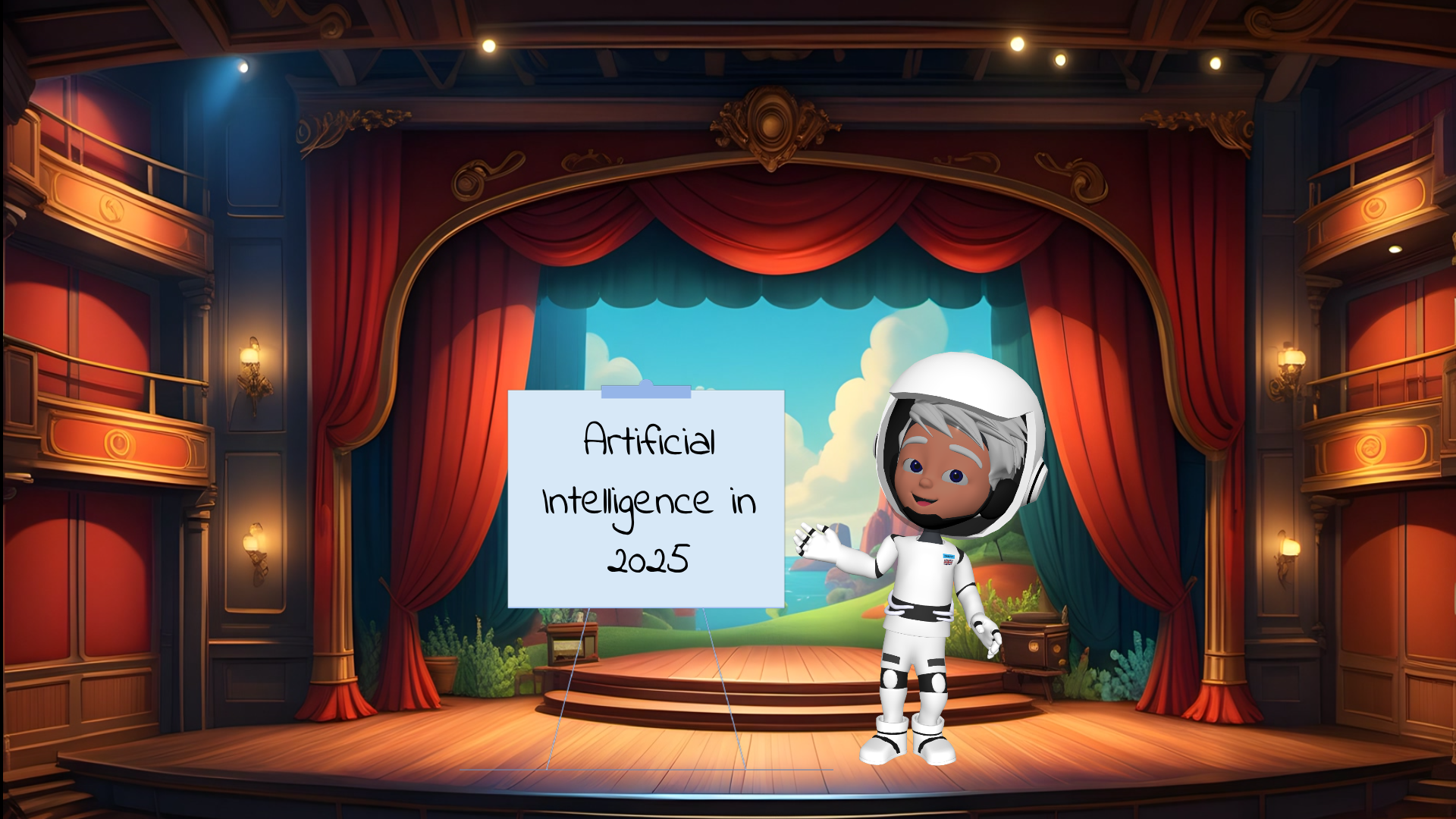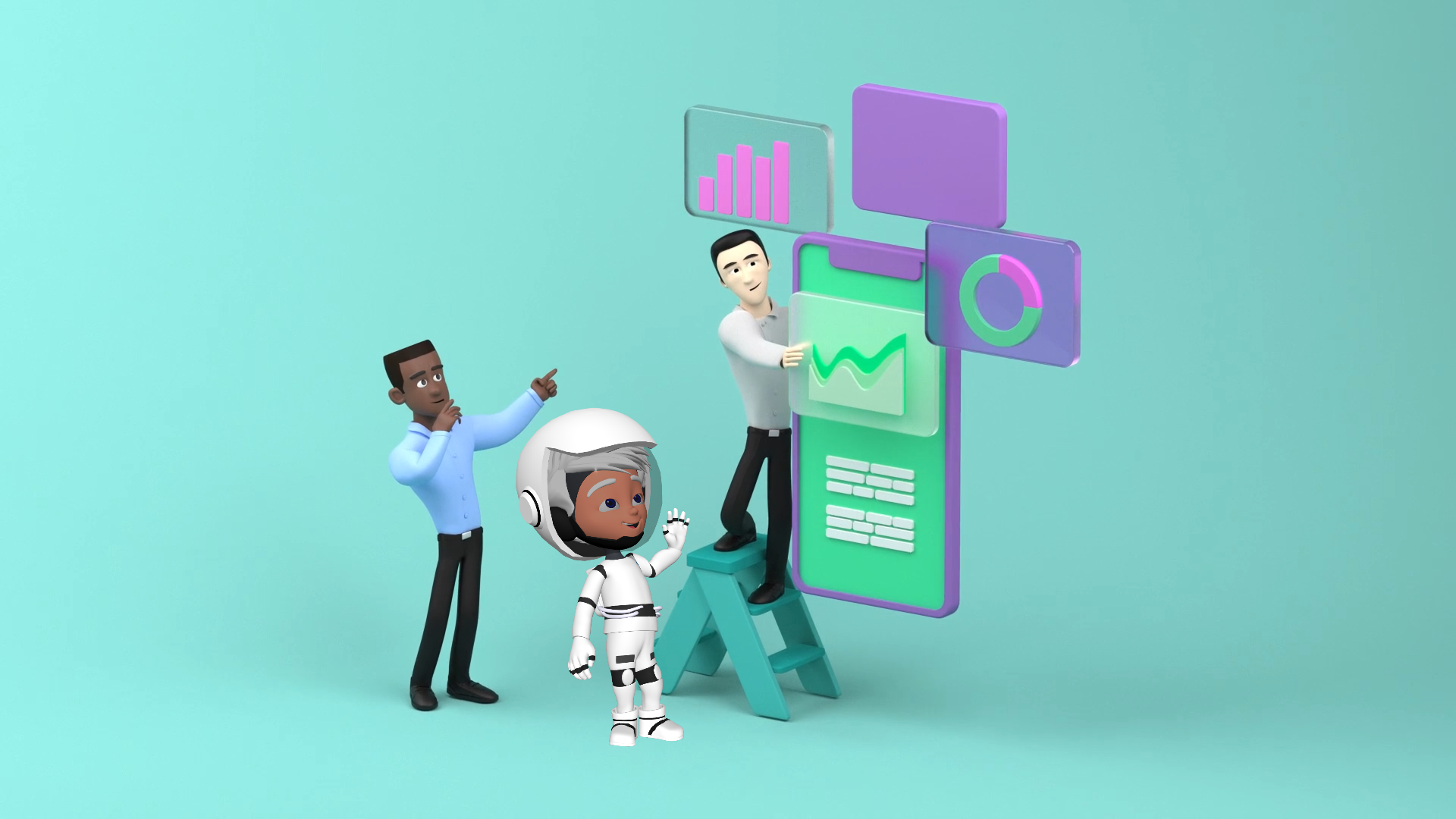
Published in:
Stories
AI Robo-Workers, Replacing Humans?
Introduction: A Misunderstood Innovation
The rise of AI robo-workers has sparked debates about job displacement. Many fear that these advanced technologies will replace human jobs entirely. However, the truth is far more nuanced. AI robo-workers are designed to assist human workers, automating mundane tasks while enabling employees to concentrate on higher-level responsibilities. This collaboration can lead to increased efficiency, innovation, and job satisfaction, ultimately enhancing the workplace environment.
1. What Are AI Robo-Workers?
AI robo-workers are sophisticated digital entities capable of performing routine tasks with human-like intelligence. Unlike traditional automation, which is limited to repetitive, fixed tasks, AI robo-workers can learn and adapt to changing environments. They use machine learning and natural language processing to understand context, make decisions, and engage in complex tasks. This flexibility makes them ideal partners in various sectors, from manufacturing to customer service, where human insight and creativity are essential.
2. Boosting Human Efficiency
Instead of posing a threat to employment, AI robo-workers significantly enhance human efficiency. By automating up to 90% of tasks, they allow employees to focus on strategic, creative, and higher value-added activities. This shift not only boosts productivity but also increases job satisfaction as employees engage in more meaningful work.
3. AI Robo-Workers in Action
AI robo-workers are making a significant impact across various industries through collaboration:
- Manufacturing: In factories, AI robo-workers are deployed for quality control and supply chain logistics. While they monitor production lines and ensure product quality, human workers can focus on process improvements and innovative product development.
- Finance: In the finance sector, AI robo-workers handle compliance checks and fraud detection. This allows financial advisors to dedicate more time to providing personalized services and financial planning for clients, enhancing overall service quality.
- Sales: In sales departments, robo-workers automate tasks such as lead scoring and email outreach. This automation enables salespeople to spend more time building relationships and closing deals, ultimately boosting revenue.
- Marketing: In marketing, AI robo-workers can learn from existing content, do regular content creation, analyze campaign performance and automate content distribution. This allows marketers to shift their focus toward strategy formulation and creative content development, making campaigns more effective.
- Operations: Within operations, AI robo-workers optimize inventory management and workflow processes. This enables human operators to focus on strategic decisions, improving overall operational efficiency.
- Customer Experience: In customer service, AI robo-workers provide instant support and personalized interactions, effectively handling routine inquiries. This allows human agents to focus on complex issues that require empathy and nuanced understanding.
4. Overcoming the Challenges
While the integration of AI robo-workers offers numerous benefits, challenges such as system compatibility and user acceptance can hinder deployment. Organizations must develop a comprehensive strategy for seamless integration. This involves selecting the right technologies, training employees on new systems, and fostering a culture of innovation. Continuous feedback and iterative improvements are essential to address any obstacles, ensuring that both human workers and AI systems can thrive together.
5. Traditional Automation vs. AI Robo-Workers
Traditional automation is designed to perform repetitive tasks based on pre-defined rules. In contrast, AI robo-workers possess adaptive learning capabilities that allow them to understand context, make informed decisions, and handle more complex processes. This adaptability enables them to complement human efforts effectively, filling gaps in skills and providing insights that drive productivity and innovation.
6. The Future of Work: Human-AI Collaboration
The future of work will be defined by collaboration between humans and AI robo-workers. By managing mundane tasks, AI robo-workers enable employees to concentrate on strategic initiatives and creative problem-solving. This partnership fosters a culture of innovation, where human insights are combined with the efficiency of AI, leading to groundbreaking ideas and solutions. The synergy between human intelligence and AI capabilities will drive productivity and workplace satisfaction.
7. Implementing AI Robo-Workers
To successfully integrate AI robo-workers, organizations should start by identifying areas that can benefit from automation. Next, select robust AI platforms that can seamlessly interface with existing systems. Ensure these systems are easily operable by human employees. Consider Hub360+ as the company’s ultimate goal for users/clients is advancing automation with reduced user complexity.
Conclusion: The Next Step in Automation
AI robo-workers are not a threat to human employment but rather powerful tools for enhancing productivity and job satisfaction. By automating routine tasks, they free employees to engage in strategic and impactful work. This collaboration between humans and AI paves the way for a more efficient, innovative future in the workplace. Embracing AI robo-workers can truly transform how we work and redefine success in various industries.

